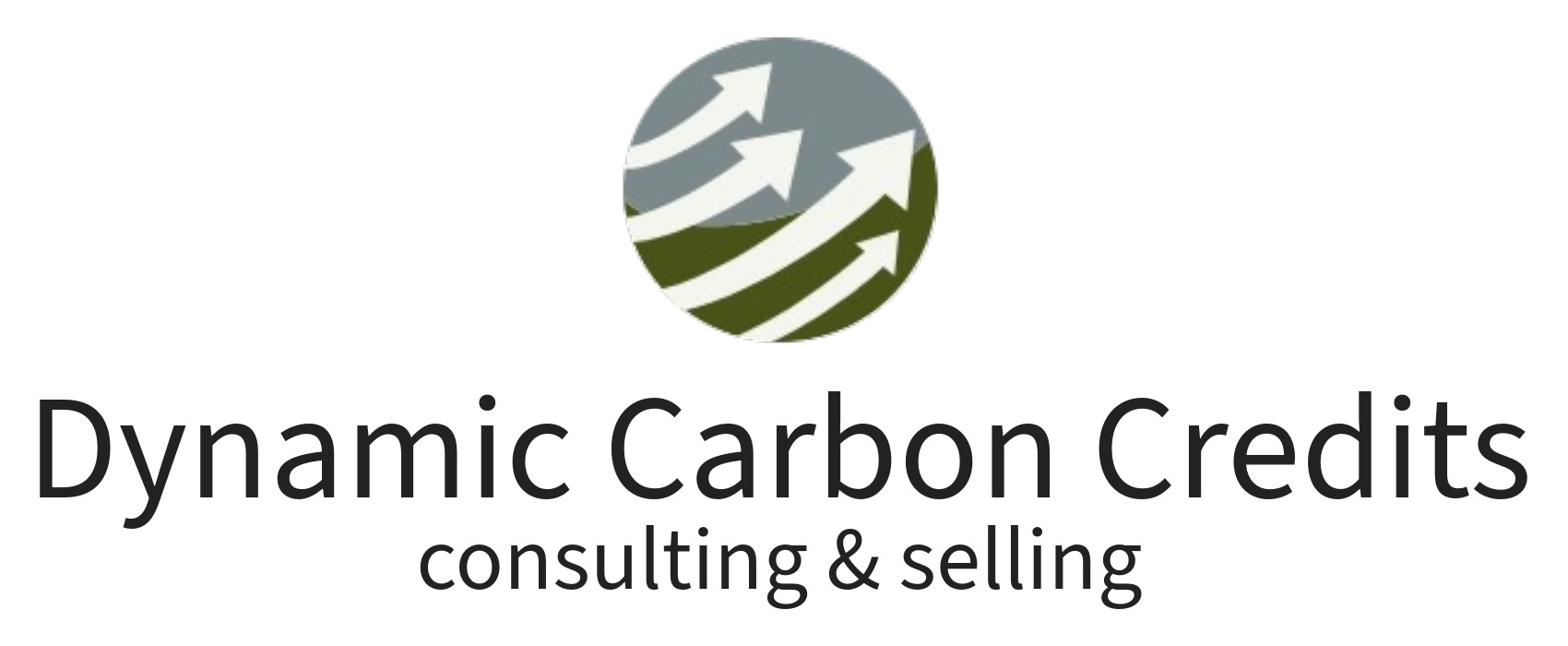In the high-stakes world of corporate climate commitments, “additionality” is the single most important principle separating genuine impact from greenwashing.
It’s the simple but crucial test: would the carbon reduction have happened anyway, without the funding from carbon credits? For Fortune 500 leaders, understanding and demanding additionality isn’t just about compliance; it’s about safeguarding reputation, ensuring financial prudence, and achieving credible progress toward net-zero.
Projects like Direct Air Capture with Plants and regenerative agriculture with biochar production offer clear, verifiable additionality that common, “business-as-usual” projects no longer can.
Bill Ickes
The Phantom Credit Problem: When Offsets Don’t Offset
Imagine this scenario: Your company proudly announces it has offset 100,000 tonnes of CO2 by purchasing credits from a large-scale renewable energy project. The press release is polished, the ESG report is updated, and the leadership team feels a sense of accomplishment. Six months later, an investigative report reveals that the wind farm you funded was already profitable and legally mandated to be built, with or without your investment. Your carbon credits didn’t fund a new climate benefit. They simply subsidized a “business-as-usual” operation. The 100,000 tonnes of CO2 you claimed to have offset were never truly removed or avoided because of your action. These are phantom credits, and they are the currency of greenwashing. The fallout is swift and severe. Investor confidence plummets, brand trust erodes, and the company faces accusations of misleading consumers. The financial investment is wasted, but the reputational damage is far more costly. This isn’t a hypothetical; it’s a reality that has befallen numerous companies who failed to apply the rigorous filter of additionality to their carbon credit portfolio.Decoding Additionality: The “But For” Test
At its core, additionality is the guarantee that a carbon reduction or removal project would not have occurred “but for” the revenue from the sale of carbon credits. It is the bedrock principle that ensures your investment is creating a new, tangible climate benefit, not just rewarding an activity that would have happened anyway. To determine additionality, project developers and verification bodies ask a series of tough questions:Financial Additionality:
Is the project financially unviable without the carbon credit revenue? Many cutting-edge climate technologies, like Direct Air Capture (DAC), are currently too expensive to operate without this critical income stream. Conversely, a solar farm in a region where solar is already the cheapest form of energy likely fails this test.Technological & Barrier Additionality:
Does the project face non-financial hurdles—like technological risk, lack of skilled labor, or institutional barriers—that carbon finance helps overcome? Funding can de-risk innovation and enable first-of-their-kind projects that pave the way for future solutions.Regulatory Additionality:
Is the project activity required by any local, national, or international law or regulation? If a government mandates methane capture at all landfills, a project capturing that methane is not additional; it’s simply complying with the law. An investment in a project that fails these tests doesn’t contribute to solving climate change. It’s an accounting exercise that creates the illusion of progress while the planet’s carbon budget continues to shrink.The Benchmark of Excellence: Where True Additionality Lives
As the carbon market matures, discerning leaders must look beyond the low-hanging fruit of yesterday’s projects and invest in the high-integrity solutions of tomorrow. This is where the principle of additionality shines brightest, guiding investment toward technologies and practices with undeniable impact.Direct Air Capture (DAC & DAC-P): The Epitome of Additionality
Direct Air Capture technologies, which pull legacy CO2 directly from the atmosphere, are fundamentally additional. These complex industrial facilities or innovative plant-based systems would simply not exist without a market that values and pays for permanent carbon removal. At Dynamic Carbon Credits, our focus on Direct Air Capture via Photosynthesis (DAC-P) leverages the power of nature, enhanced by technology, to create a verifiable and highly additional carbon removal pathway. The capital and operational costs are significant, making carbon finance the essential catalyst for their existence and scalability.
Regenerative Agriculture & Biochar: A New Economic Model for Farmers
Consider the journey of agricultural biomass. Traditionally, crop residues might be left to decompose, releasing carbon back into the atmosphere. However, through a process called pyrolysis, this waste can be transformed into biochar—a stable form of pure carbon that can be sequestered in soil for centuries. This process is unequivocally additional. A farmer has no economic incentive to invest in pyrolysis equipment and go through the complex process of creating and burying biochar without the revenue from carbon credits. By purchasing these credits, a corporation directly funds a system that improves soil health, enhances water retention, and permanently locks away carbon that would have otherwise returned to the atmosphere. It’s a clear, “but for” scenario that transforms a climate liability into a durable asset.
As Beau Parmenter, CEO of Dynamic Carbon Credits, states, “Our entire model is built on the principle of integrity, and that begins with additionality. We focus exclusively on projects where the line between investment and impact is direct and unbreakable. When a Fortune 500 partner invests with us, they are not just buying a credit; they are funding the construction of a new DAC facility or enabling a farmer to adopt regenerative practices that were previously out of reach. That is real, defensible climate action.”
Integrating Additionality into Your Corporate Strategy
For CSOs and sustainability leaders, embedding additionality into your procurement strategy is a critical risk management exercise. It requires moving beyond surface-level claims and asking tough, informed questions of any potential carbon credit provider:- Demand Project-Specific Proof: Ask for the detailed verification reports from reputable third-party standards (like Verra or Gold Standard). Scrutinize the section on additionality. How did they prove the project passed the “but for” test?
- Be Wary of “Too Good to Be True” Prices: Extremely cheap credits (a few dollars per tonne) are often a red flag. They may come from older, large-scale projects whose additionality is now questionable. High-integrity, truly additional removal projects command a premium because they represent a real and permanent climate service.
- Focus on Removals, Not Just Reductions: While avoidance projects have a role, carbon dioxide removal (CDR) projects like DAC and biochar offer the most unambiguous form of additionality and are essential for neutralizing unavoidable Scope 1 emissions to achieve true net-zero.






